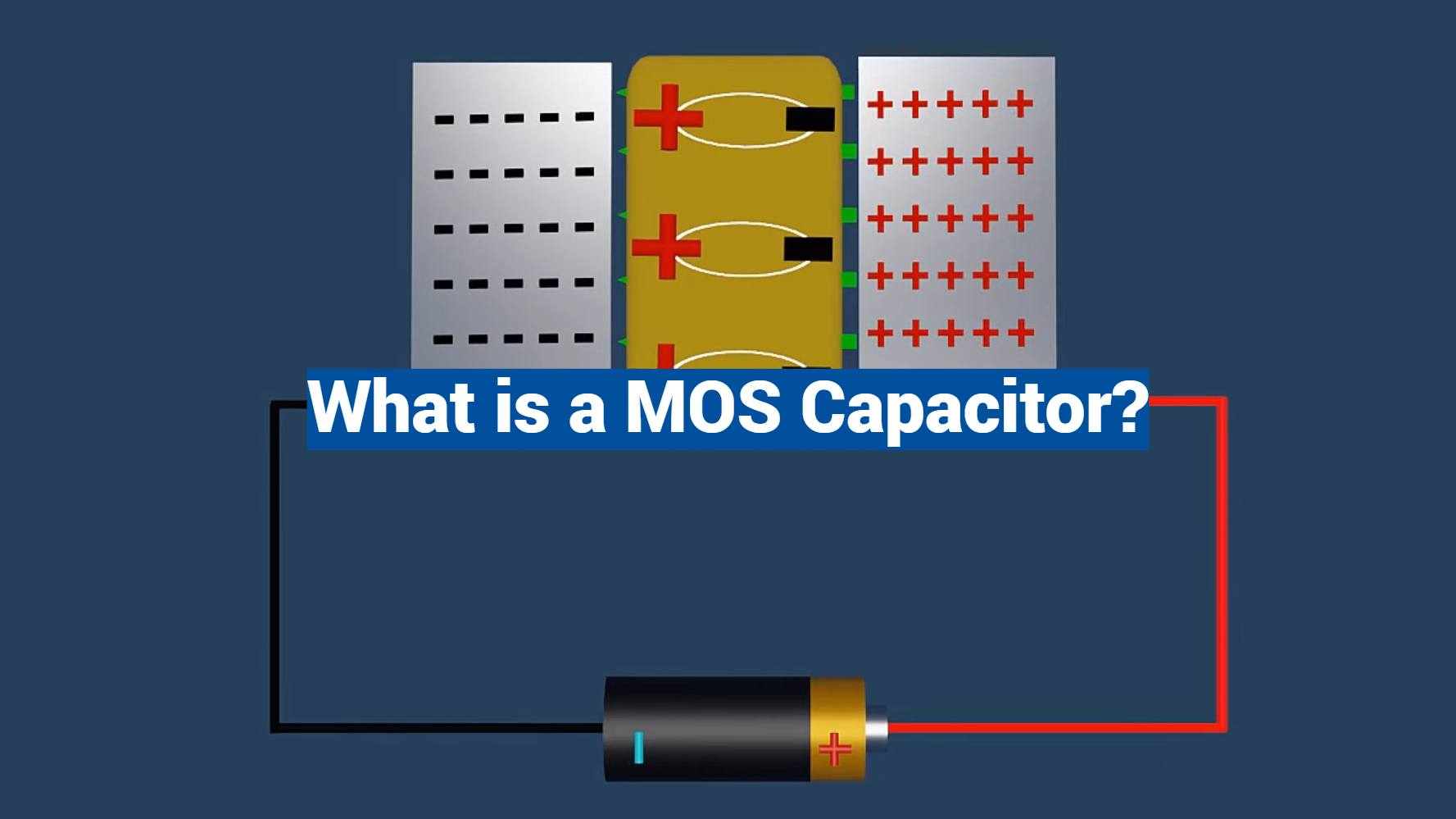Step into the fascinating realm of MOS capacitors and prepare to be dazzled by the incredible possibilities they hold. With a blend of mesmerizing science and groundbreaking technology, these capacitors have made a significant impact in the world of electronics. But what exactly is a MOS capacitor, you may ask? This article will unravel the mysteries behind this intriguing device, shedding light on its structure, operation, and jaw-dropping applications. Get ready to embark on a knowledge-packed journey that will leave you in awe of the incredible capabilities of MOS capacitors.
What is a metal oxide semiconductor for?
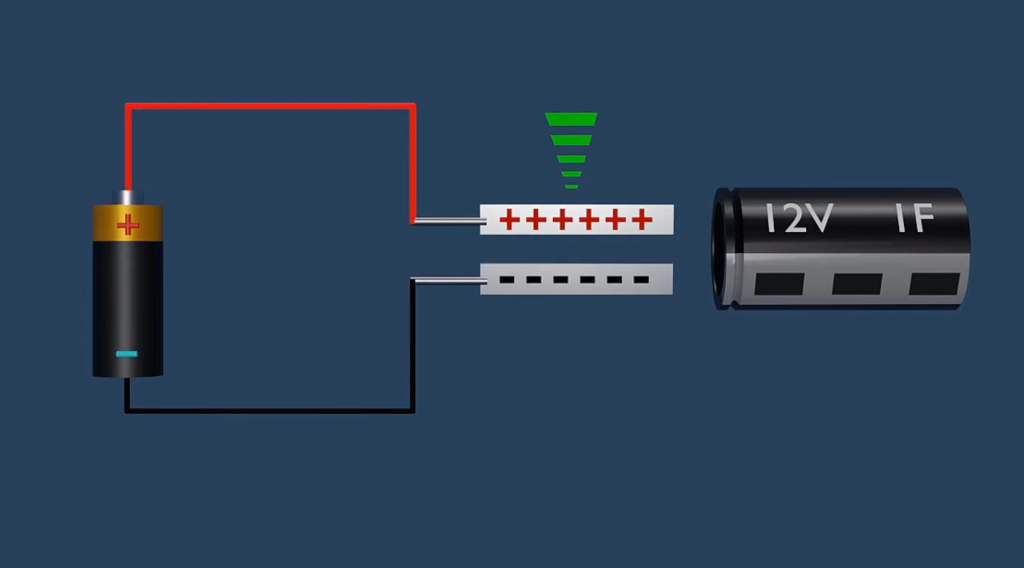
MOS devices are designed to provide low power consumption and high reliability in a wide variety of applications. They are also widely used in the automotive and aerospace industries due to their ability to withstand extreme temperatures, vibrations and other environmental factors. MOS devices are often used in combination with other components such as capacitors and resistors to create complex circuits that can perform various tasks.
MOS devices are also used in many types of sensors, such as those used for temperature or pressure measurements. These sensors use the properties of MOS devices to measure the physical parameters and output a voltage signal that can be read by other circuits. This allows them to be used in a wide range of industries, from medical imaging machines to autonomous vehicles.
MOS devices are also used in data storage applications, such as hard disk drives and flash memory. The MOS device is used to control the flow of electricity between two contacts, allowing information to be written onto or read from a storage medium. This makes them an essential component for any type of digital storage system.
In addition to these uses, MOS devices are also used in a wide range of other applications such as wireless communications, power supplies, and robotics. For example, they can be used to control the voltage and current flow in motors for robotic arms or wheeled vehicles. This makes them an invaluable component for the development of advanced and efficient robots that can perform functions autonomously [1].
How do you use metal oxide?
Metal oxides are used in a wide variety of industrial applications, ranging from chemical processing to automotive manufacturing. For example, metal oxide catalysts are essential components of many petrochemical and fine chemical processes. Metal oxides are also used as additives in the production of motor vehicle lubricants for improving engine performance and reducing emissions.
In addition, metal oxides can be used in the production of paints and coatings for protection against corrosion. They are also commonly incorporated into ceramics and glass to increase strength and durability. Metal oxides can also be used as catalysts in certain reactions, such as the oxidation of alcohols to aldehydes or ketones.

Finally, metal oxides are used in water treatment plants to remove contaminants from the water supply. This is done by combining metal oxides with other materials like silica to form a filter medium that can remove pollutants and other contaminants. As you can see, metal oxide has many uses in industry and is an important component for many different types of products.
What is metal oxide technology?
Metal oxide technology is a type of advanced oxidation process that utilizes catalysts and an electric current to create highly reactive compounds such as hydroxyl radicals. These molecules are extremely effective at breaking down organic pollutants in water, air, and soil into harmless byproducts. This makes metal oxide technology a great choice for treating wastewater, cleaning up contaminated sites, and reducing emissions from industrial processes.
Metal oxide technology offers many advantages when compared to traditional methods of treating wastewater and other contaminated sites. It is a cost-effective solution that can be used in a variety of applications, from treating effluent water to remediation of soil and groundwater contamination. It also has the potential to reduce energy consumption and improve environmental protection by reducing the release of pollutants into the atmosphere. Furthermore, metal oxide technology has a low toxicity profile, making it safe for use around humans and animals.
Metal oxide technology is a relatively new field, and research is ongoing to develop more efficient and cost-effective methods of using this process. It is already being used in various applications around the world, including wastewater treatment, air and water purification, and soil remediation. As the technology continues to evolve, it is expected that metal oxide technology will become increasingly popular as a way to address environmental concerns. In the future, this type of advanced oxidation process may even be used in a variety of other industries such as food processing and manufacturing.
In summary, metal oxide technology is an advanced oxidation process that utilizes catalysts and an electric current to create highly reactive compounds, such as hydroxyl radicals. These molecules are extremely effective at breaking down organic pollutants into harmless byproducts, making metal oxide a great choice for treating wastewater, cleaning up contaminated sites, and reducing emissions.
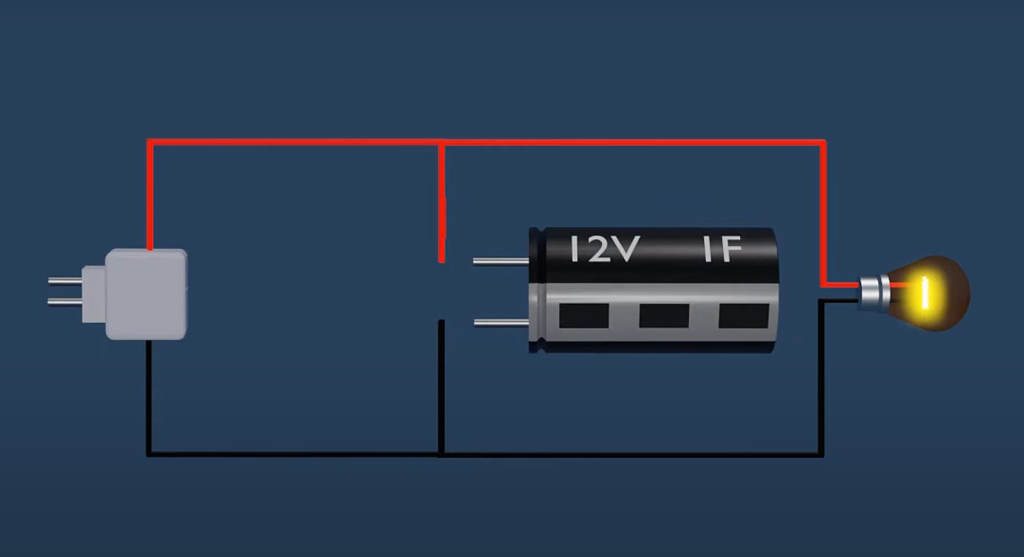
What is the difference between CMOS and MOS?
Features of CMOS
CMOS (Complementary Metal Oxide Semiconductor) is a type of semiconductor technology that uses both p-type and n-type transistors (also known as PMOS and NMOS respectively). This combination allows for more efficient power management than standard MOS-based systems. CMOS uses less power than traditional MOS technology, making it ideal for low-power applications such as portable computers and digital cameras.
CMOS technology is also highly scalable, meaning that it can be used to create products of different sizes with varying levels of performance. This scalability allows for a wide range of applications from simple devices like cell phones to complex systems like supercomputers. Additionally, CMOS process nodes are typically more advanced than their MOS counterparts, which further increases its scalability.
CMOS also offers advantages in terms of digital signal processing (DSP) capabilities. CMOS technology allows for much higher clock speeds than standard MOS-based systems due to the lower power consumption associated with it. This increased performance makes CMOS ideal for applications such as high-speed data transmission.
Features of MOS
MOS (Metal Oxide Semiconductor) is a type of semiconductor technology that has been around for many years and is most commonly used in digital electronics such as microprocessors, DRAMs, and ASICs. MOS uses an n-channel transistor to control the flow of current between two terminals.
MOS is simpler and cheaper than CMOS technology, making it a popular choice for lower-cost consumer electronics. Additionally, MOS devices typically require less power than their CMOS counterparts, making them ideal for applications where power consumption is critical. However, the tradeoff is that MOS typically has lower performance than CMOS due to its limited number of transistors per unit area.
MOS technology is also more limited in terms of scalability than CMOS, meaning that it is not as well suited for applications requiring high levels of performance or complex designs. Additionally, MOS devices are typically slower and less efficient than CMOS-based systems, making them less desirable for applications such as high-speed data transmission and digital signal processing.
Overall, CMOS is the preferred choice for applications requiring high performance and scalability, while MOS is better suited for lower-cost consumer electronics. Both technologies have their advantages and disadvantages, so it is important to consider your application’s needs before making a decision.
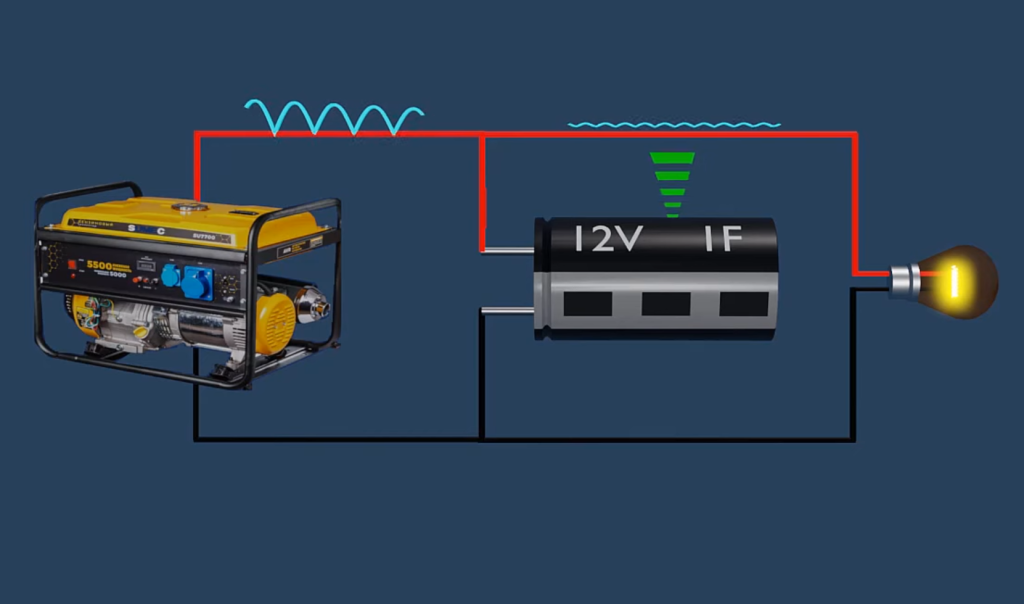
Structure Comparison
The primary difference between CMOS and MOS is in their transistor structure. CMOS uses both p-type and n-type transistors, while MOS only uses an n-type. This affects the way current flows through the device, with CMOS allowing for better performance due to its lower power consumption. Additionally, CMOS offers more scalability than MOS, allowing for the creation of products with varying levels of performance.
In terms of digital signal processing (DSP) capabilities, CMOS offers more potential than MOS due to its higher clock speeds. Additionally, CMOS is typically more advanced than MOS in terms of process nodes and design complexity. This allows for a wide range of applications from simple devices like cell phones to advanced systems like supercomputers.
Finally, CMOS is the more expensive option due to its complexity and scalability, while MOS is usually the cheaper choice for lower-cost consumer electronics. It is important to note that both technologies have their advantages and disadvantages, so it is important to consider your application’s needs before making a decision [2].
Applications of MOS Capacitors
MOS capacitors have a wide range of applications in various industrial and consumer systems. In electronics, they are used for filtering, timing circuits, oscillators, switching circuits and many other types of logic gates. In electrical engineering, they can be used as current sensors or to store energy for later use. MOS capacitors are also widely used in automotive systems such as ABS brakes and airbags.
In medical applications, MOS capacitors can be used to measure body temperature or for drug delivery systems. In robotics, they are often used as transducers to convert physical motion into electrical signals. They are also used in high-precision power supplies where precision is essential for accurate measurements.
MOS capacitors are also useful in space exploration, where they can be used to measure the temperature of a planet or moon’s environment. In industrial applications, MOS capacitors are used to control machinery and manufacturing processes. For example, MOS capacitors can be used to regulate pressure and flow in pipelines or to control motor speed in automated machines. Additionally, MOS capacitors are also widely used in aircraft systems such as autopilot, navigation and communication systems. Finally, MOS capacitors can be used to provide power to computers and other electronic devices.
These are just a few of the many applications for MOS capacitors. The technology has come a long way since its inception and is now an integral part of modern electronics. With the increasing demand for more efficient, reliable and cost-effective electronics, MOS capacitors are likely to remain a key component in the years to come.
To ensure optimal performance of MOS capacitors, it is important to use high-quality components that meet all industry standards. Additionally, proper maintenance and testing should be conducted regularly to ensure long-lasting performance and reliability. By following these steps, MOS capacitors can be a valuable asset to any electronics system.
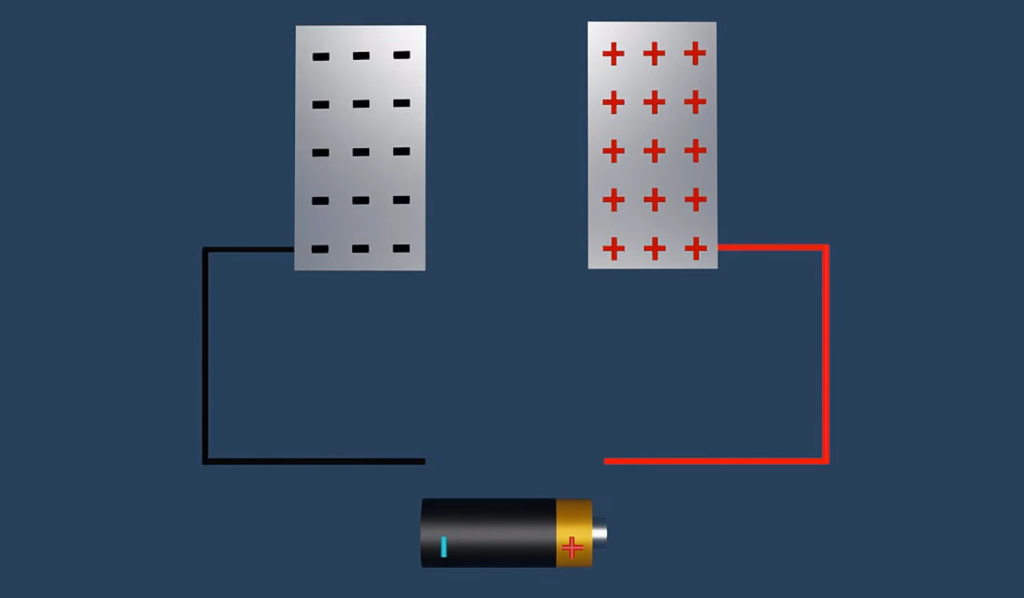
FAQ
What is the difference between a MOSFET and a MOS capacitor?
A MOSFET (metal-oxide-semiconductor field-effect transistor) is a three-terminal semiconductor device used in digital logic and power management applications, while a MOS capacitor is a two-terminal capacitor with one plate consisting of metal oxide that serves as the dielectric material. The MOSFET has an extra gate terminal that allows current to be switched on and off, while the MOS capacitor does not have this gate terminal. The MOSFET is used to control current flow in circuits, while the MOS capacitor is used primarily as an energy storage device.
What are some common uses of MOSFETs?
MOSFETs are widely used in applications that require high-speed switching, such as motor drives, power supplies, and data converters. They are also used in radio frequency (RF) amplifiers and oscillators for wireless communications. Additionally, MOSFETs are often employed to control current flow in logic circuits where fast response times are needed.
What is the difference between n-channel and p-channel MOSFETs?
N-channel MOSFETs are made up of an n-type semiconductor material, which has a negative charge. They are normally used in applications that require high current carrying capacity and low resistance. P-channel MOSFETs are made up of a p-type semiconductor material, which has a positive charge. They are often used in applications that require low current carrying capacity and high resistance.
Where are MOS capacitors used?
MOS capacitors are used in a variety of applications, such as memory devices, RF circuits, and power supplies. They are particularly useful for storing energy in compact form, making them a popular choice for applications that require high-energy storage density. Additionally, MOS capacitors can be used to filter out unwanted noise from signals and provide signal isolation.
Is a MOS a capacitor or transistor?
A MOS (metal-oxide-semiconductor) is neither a capacitor nor a transistor, but rather a combination of the two. The MOS consists of both an insulator and a semiconductor material sandwiched together, which allows for both capacitance and current control properties. The MOS is used in various applications that require both capacitance and switching capabilities.
What are the advantages of MOS capacitors?
MOS capacitors have several advantages over conventional capacitors, such as higher energy storage density and greater reliability. Additionally, they are generally low-cost and require less space than other types of capacitors. Furthermore, MOS capacitors can be easily integrated into complex circuits without the need for additional components or wiring.
What is the maximum voltage that a MOS capacitor can withstand?
The maximum voltage that an MOS capacitor can withstand depends on the type of MOS and its construction but typically ranges from 10V to 200V. It is important to note that exceeding the rated voltage for a particular MOS can result in permanent damage or destruction of the device.
Are MOS capacitors temperature sensitive?
Yes, MOS capacitors are sensitive to temperature and can show significant performance degradation at high temperatures. It is important to select a device that is rated for the expected operating temperature, otherwise, the capacitor may fail prematurely or exhibit reduced performance. Additionally, it is also important to ensure proper cooling of the MOS capacitor to maximize its lifetime and reliability.
What is the function of a metal oxide semiconductor?
A metal oxide semiconductor (MOS) is a type of transistor that relies on the use of an insulating layer of metal oxide to control current flow. It typically consists of an n-type or p-type semiconductor material sandwiched between two metal electrodes, one of which serves as the gate electrode. The voltage applied to this gate electrode controls whether current can flow through the device or not. MOS transistors are commonly used in digital circuits, but can also be used for applications such as power management and amplifiers.
Conclusion Paragraph
In conclusion, MOS capacitors are an important part of the electronics industry, providing reliable and efficient capacitance solutions for a variety of applications. They are also relatively inexpensive compared to other types of capacitors, making them ideal for consumer-grade products. With their low leakage current, good frequency characteristics and superior reliability over time, MOS capacitors offer several advantages that make them suitable for use in a wide range of applications. Furthermore, advancements in technology have allowed manufacturers to create MOS capacitors with increased capabilities, further enhancing their usefulness and making them even more attractive for use in modern electronics.
Useful Video: MOS Capacitor Explained
References:
- https://www.sciencedirect.com/topics/engineering/metal-oxide-semiconductor
- https://anydifferencebetween.com/difference-between-cmos-and-mos/

